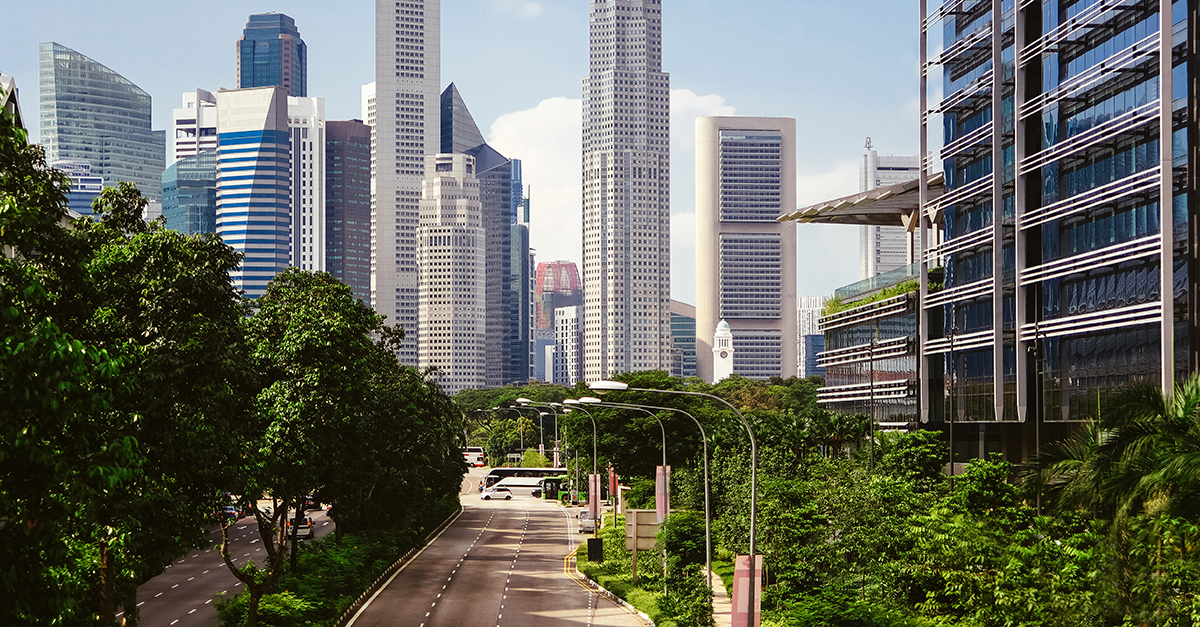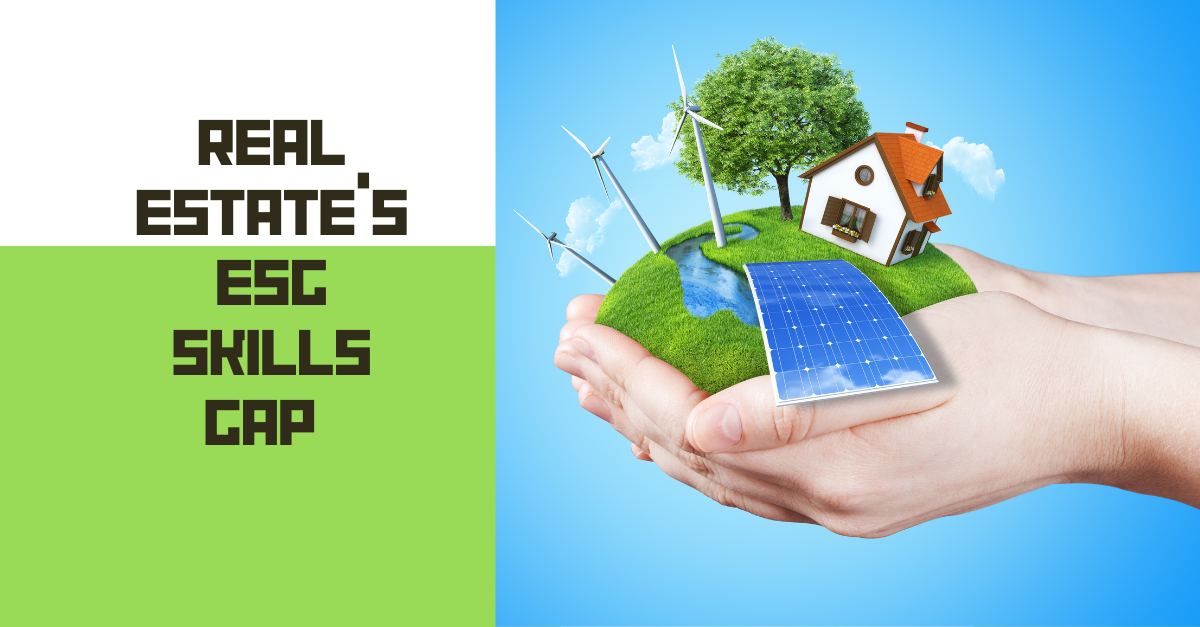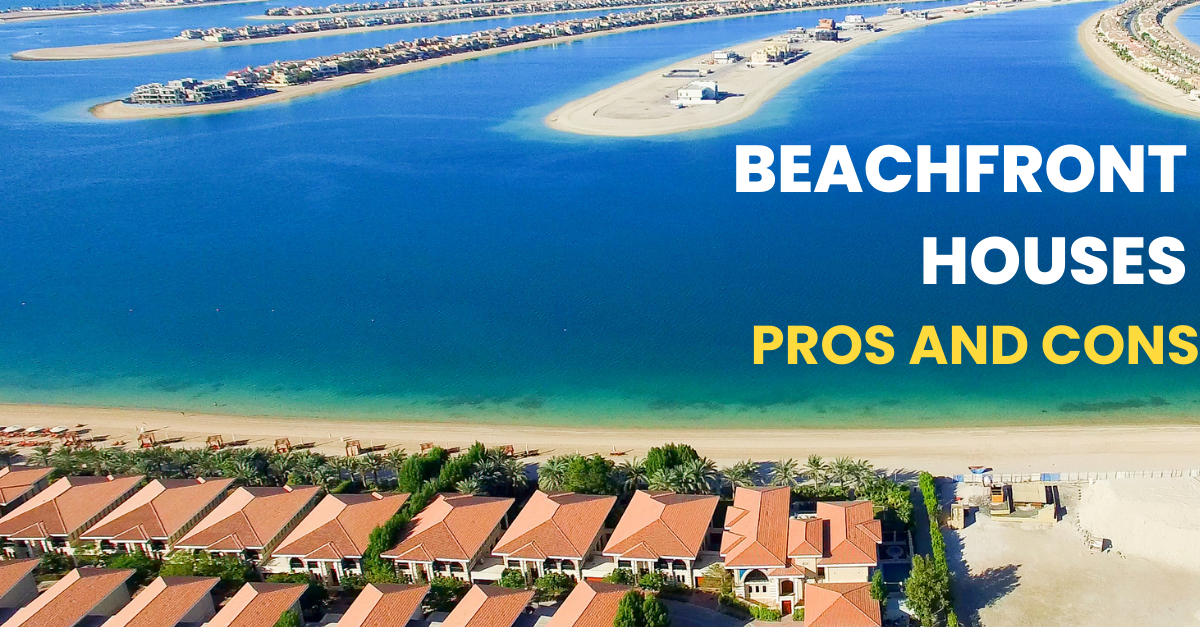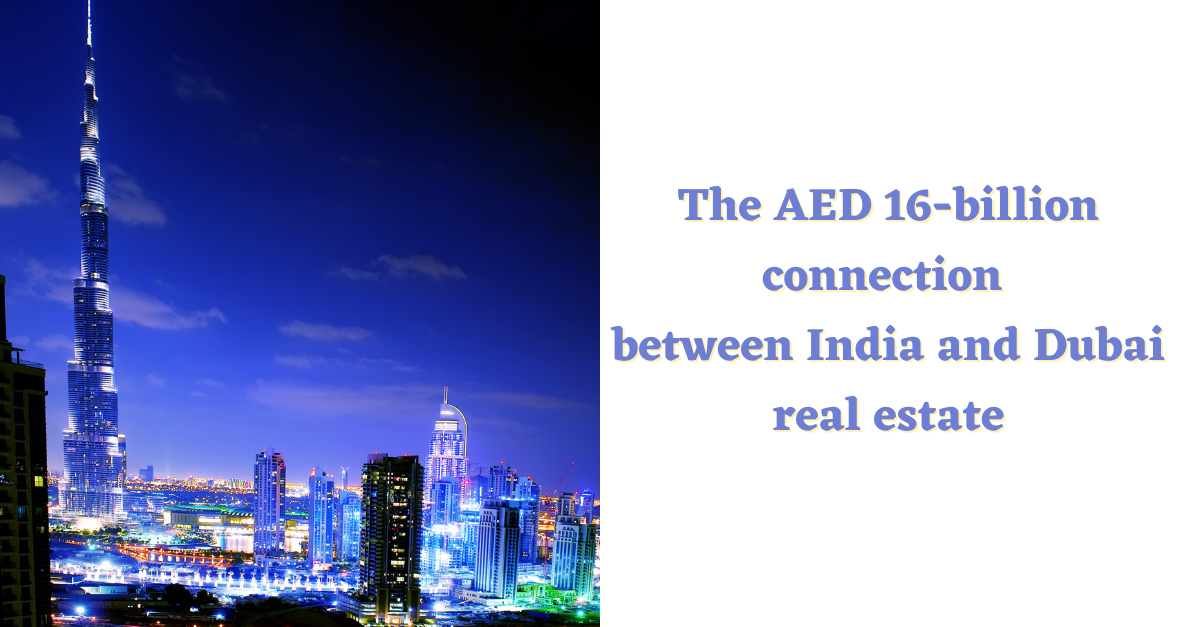Green Property – Real Estate developments and the growing eco consciousness of investors
Few industries are as intrinsically tied to market sentiment as real estate. Given this context, a heightened public awareness about sustainable living is shaping the emerging trends in real estate very significantly. The concurrent emergence of several technologies and techniques to achieve these outcomes is creating an opportunity for real estate developers to address social concerns, while creating a unique value proposition for their properties. The Middle East presents an interesting set of conditions and market forces, in this regard. On the one hand, the region is incredibly rich in energy resources and on the other it is also one of the most vulnerable to the effects of climate change. Fortunately, the region has strengths, beyond its abundant access to fossil hydrocarbons, which it can leverage towards solutions.
As mature economies that have the wherewithal to drive change, the Middle East region is certainly not constrained by the economics involved. The UAE government, in particular, has launched numerous initiatives aimed at the reduction of Dubai’s carbon footprint and reducing the city’s energy and water consumption by 30%, by 2030. A growing number of local investors have also demonstrated their enthusiasm for such measures. 93% of the UAE investors responding to a recent UBS Global Wealth Management report favoured a sustainable investment route – as opposed to a global average of 82 per cent. This coming together of policy and public opinion has already resulted in the commissioning of Dubai’s first net-zero real estate development energy project in Dubai that will meet all its energy requirements through sustainable sources, recycle its water and invest in local production of part of the resident’s food requirements, using greenhouses and organic farming.
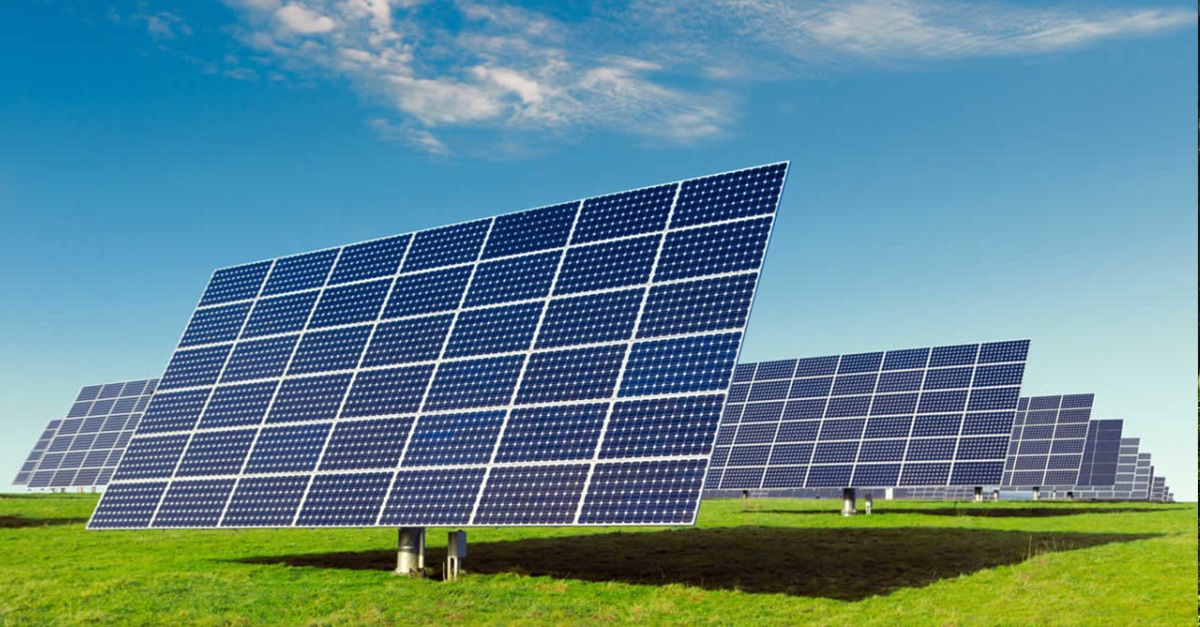
The UAE is blessed with abundant sunshine just as copiously as the energy resources below its sands. The solar energy industry is now a mature and well organized segment of the economy, which has demonstrated its feasibility around the world – the elimination of transmission losses make such initiatives an even more dramatic contribution to sustainability goals than is intuitively apparent. Water is a critical resource in a desert. Solutions built into real estate developments can help tremendously in supplementing more energy intensive interventions like desalination. In particular the recycled use of greywater to meet landscaping needs is surprisingly effective when the numbers are added up. This is a perfect example of making a resource go much further than legacy systems. A recent innovation, by the Indian Institute of Technology in Kharagpur, points towards yet another emerging solution that could radically alter water consumption and sewage costs. The institute has developed a microbial fuel cell based toilet flushing system that can continuously clean and recycle 500 liters of water to meet the needs of the average family of five for 15 to 20 years – while producing small but not insignificant quantities of energy. Ceres Energy, in New Jersey USA, has demonstrated a greywater recycling system that produces large quantities of electricity and methane using duckweed to generate biomass while removing effluents from the water.
Creating smart homes, that monitor energy use down to the last detail and user preference, can dramatically increase the quality of resident’s lives while simultaneously using resources far more efficiently than has ever been possible in the past clearly, creative use of such innovations and technologies can have a radically transformative effect in how we organize our cities. The goodwill and aspirations that are driving the enthusiasm of real estate buyers and investors towards such solutions, makes them not only viable, but a value addition to future developments. The Dubai real estate industry is at the threshold of an opportunity that stands to not only contribute to the growth of their business, but to the economic and ecological sustainability of the region itself.

